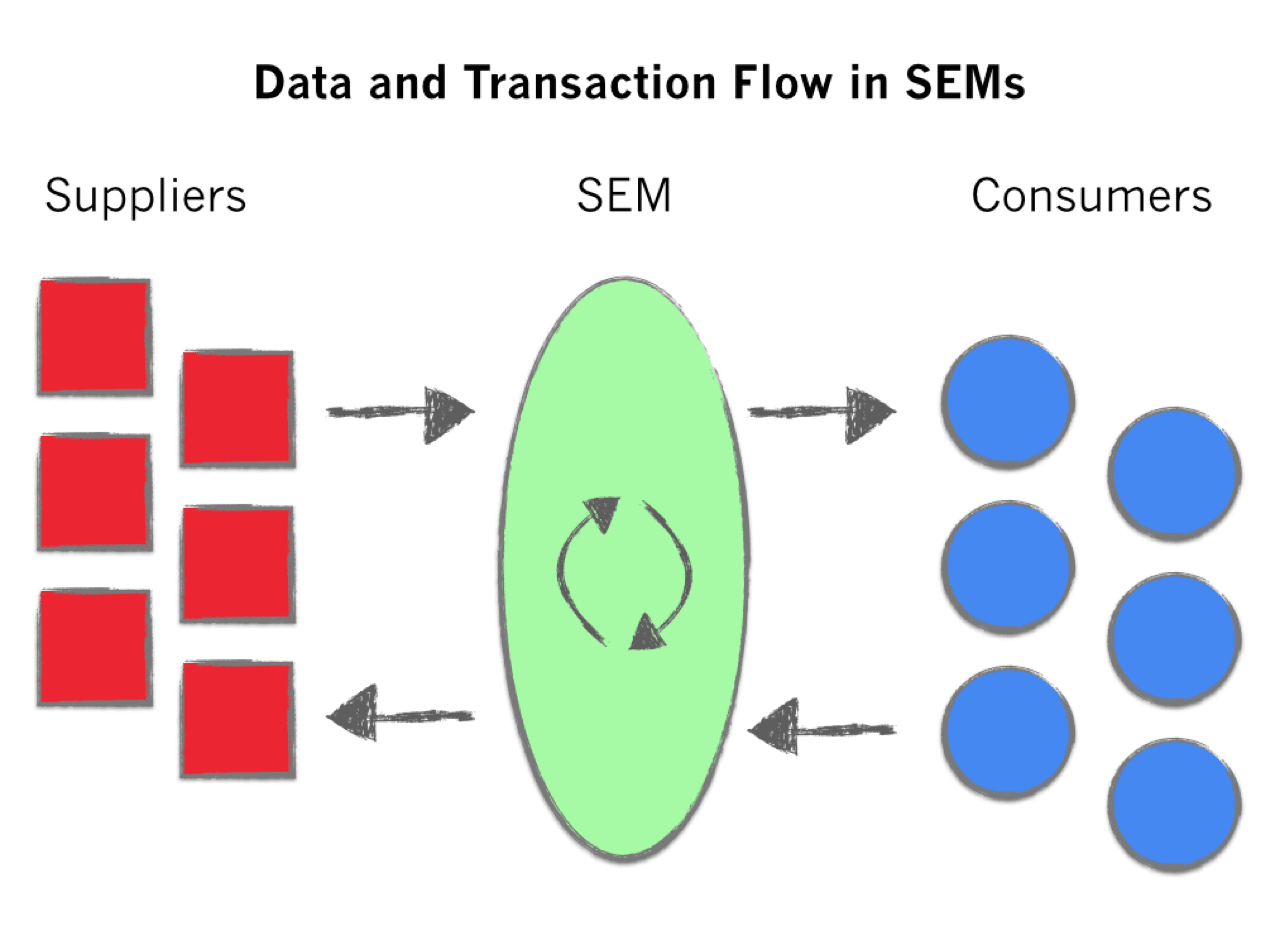SaaS Enabled Marketplaces benefit from a unique advantage in their go-to-market. They have a panoptic view of their market place, which over time provides them an unassailable competitive advantage.
SEMs provide software to suppliers and consumers, and then make a market between them. The first SEMs flourished in advertising. Google manages one of the world’s largest advertising market places. They provide software to publishers, the supply side, which manages available ad inventory with a product called DoubleClick for Publishers, or DFP. In addition, Google provides the demand-side inventory system, AdWords, to help advertisers manage their budget. In between, Google operates an advertising marketplace, AdX. Today there are an increasing number examples of SEMs including StyleSeat (beauty), Zenefits (benefits), Quartzy (lab management), Makeable (manufacturing), Yardbook (landscaping), Joist (construction), among others.
Because SEMs deploy SaaS to both the supply side and the demand side, these companies can develop an exceptional understanding of their market. Access to supplier data and consumer demand provides four key advantages to SEMs.
First, SEMs understand the supply/demand curve at every second. They know how many people are planning landscaping projects, and how many landscapers might be available in the near future to help with a particular kind of garden design. Consequently, if there is a supply/demand imbalance, the SEM can acquire more landscapers or more homeowners to balance the market place.
Second, SEMs understand the operational excellence of their suppliers. Joist can record which contractors complete their projects on schedule and on budget. This data enables the marketplace to amass census scale data on supplier performance, granular to the type of service rendered. The SEM can better qualify and match supply and demand. In addition, SEMs can recommend to suppliers how to improve their performance, e.g. raise the profile of an ad unit for a publisher or offer Brazilian blowouts to a stylist.
Third, the accumulated data on both consumer demand and supplier performance compounds into a unique data asset that erects a moat around the business. The first successful SEM in a market will recognize the best types of consumers and the best types of suppliers and pursue them before others. This furthers the winner-take-all dynamics of already latent within the market place.
Fourth, because of the visibility into supply/demand, a deep understanding of supplier excellence, and the ability to identify the right types of buyers and sellers, SEMs benefit from a more efficient go to market. We did this extensively at Google, using signals from AdSense to understand which additional publishers and advertisers to acquire. The SEM acquires more sellers when needed and more buyers when needed, increasing the efficiency of marketing compared to blind acquisition. This informed acquisition improves the experience for buyers and sellers by maintaining an optimal amount of liquidity in the market place.
Once stood up, SEMs are powerful forces. Because they instrument both the demand side and the supply side of a market place, these businesses accumulate unique data that reinforces the business’s strength.
